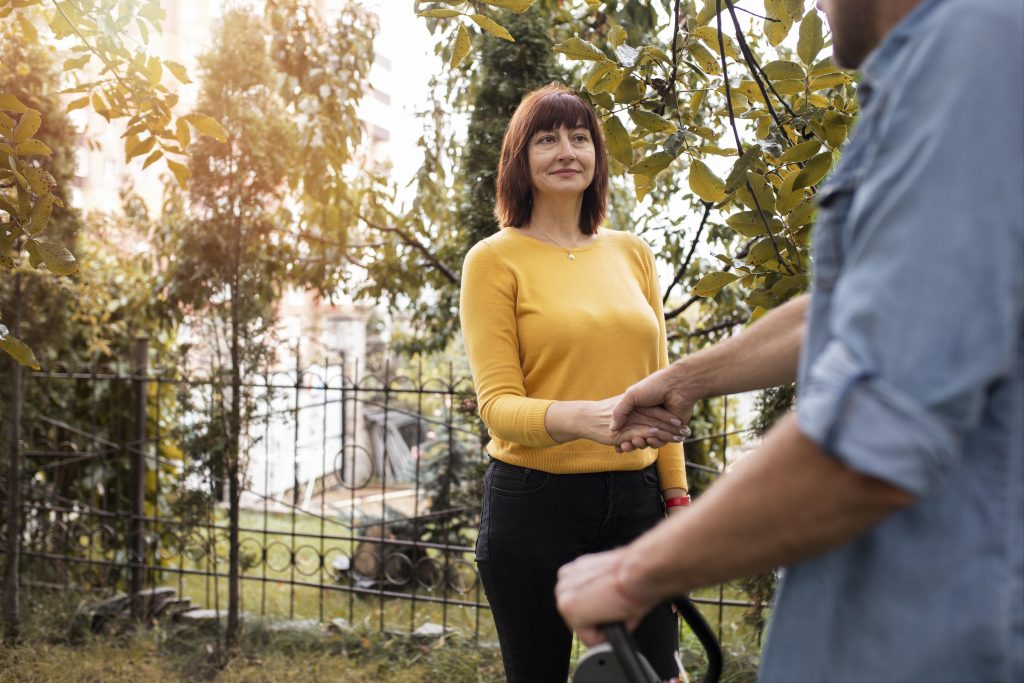At the time of writing this post, a television series comes to mind that years ago went “viral” using a current term, which was nothing more than the small screen adaptation of a comic from the 70s called “13 Rue del Percebe”. I mean, as you may have already thought about the series “No one lives here.”
The series, which lasted 5 seasons, narrates the life of a peculiar community of neighbors who are not always on good terms. They say that the reason for its success was because it was a series that reflected everyday life that everyone who saw it would feel identified with. Whether it was the doorman, the neighbors who know everything, or the wayward man in 3ºB, we have all experienced what a community entails.
But for us the important thing would be the conflict that could occur daily. Sometimes the characters solved their problems by talking and spending time talking (a great success, especially for the scriptwriters). Other times it was neighbors not directly involved in the problem who, naturally, intervened, either in chaotic meetings of owners, or through friendship between them, who offered to manage the problems.

Be it one way or another, this memory allows me to talk about neighborhood mediation.
Justice is saturated with conflicts of little importance but which have to be attended to by those who must administer justice in the event of a disagreement. In this sense we can say that this type of mediation allows, when managing a conflict, the transformative capacity to promote the feeling of belonging (positively) to a neighborhood and to weave social networks, with neighbors, associations, businesses in the area. area, etc.
That is to say, if we opt for neighborhood mediation, it transforms tensions and conflicts between people who, as mediation experts tell us, will continue to interact over time. “As long as you live there, we will see each other again” they say, then there is no better medicine than mediation.
But who mediates? Experts who often depend on institutions, be it a city council, a neighborhood association or even, as I know in many neighborhoods and cities in Spain, through projects such as the one carried out years ago on “Mediator cities”. The latter elevated to the category of “quality seal” those cities that established social welfare policies based on the best coexistence relations and living conditions, the two basic premises to understand that it is a city where dialogue between its neighbors is enhanced. .
But allow me to also take advantage of this post to differentiate two other areas of intervention that have their own surname: Social mediation and community mediation. And this is because we often confuse terms that, although similar, do not correspond to the same type of intervention.

The traditional fields of action of social intervention when we mediate are: service user conflicts; the situation experienced in marginal neighborhoods or the particularity of Addiction situations in our neighborhood environment. The purpose of this type of mediation action focuses on the educational and participatory field.
While on the other hand, community mediation involves the intervention of public services.
An example of this type of conflict is the so-called “nimby syndrome” (not in my back yard): the tendency of people to demand public services, infrastructure, transportation, garbage… but prevent them from works affect their immediate surroundings.
For all this, dear reader, we can say that mediation can be an instrument suitable for increasing: citizen participation in the democratic system, control of public powers, the culture of pact, the degree of citizen responsibility and the development of specific policies. promotional. And all this from the perception of being a neighbor of my city.
Find out all the details in the master's degree number 1 in the mediation sector.




